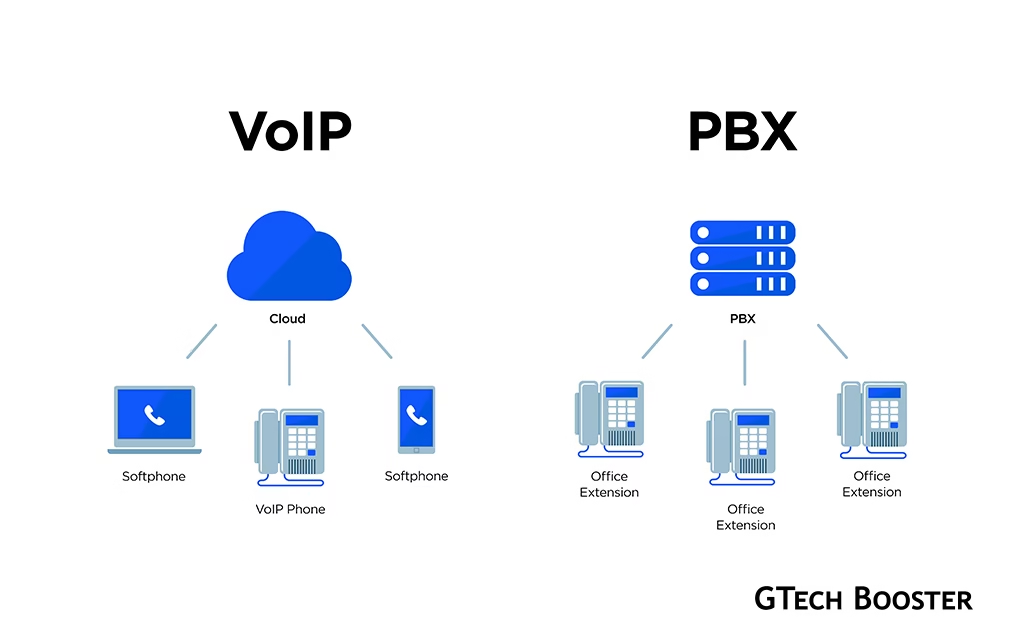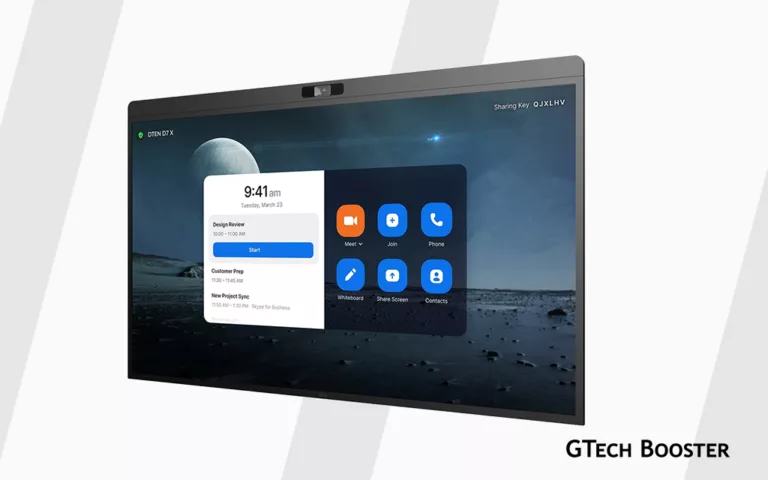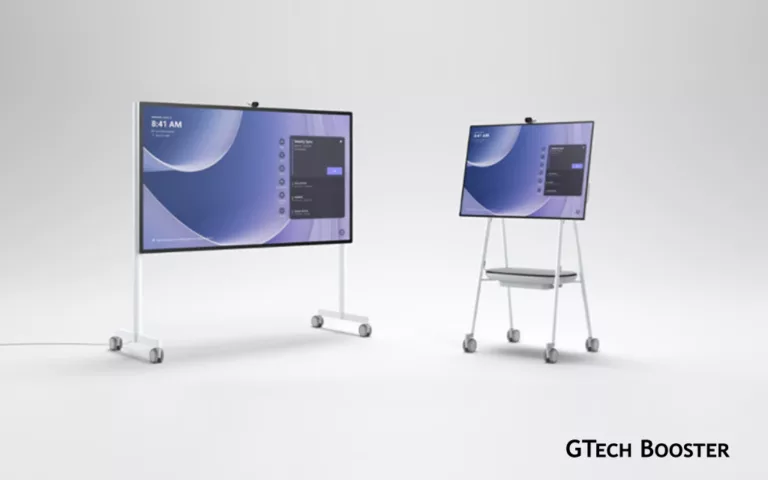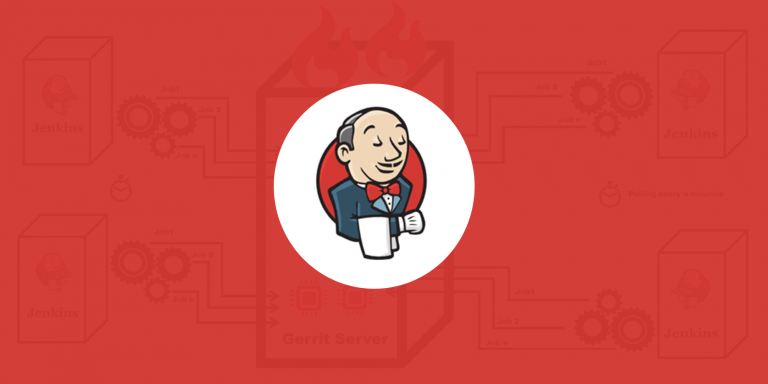PBX Systems and Modern Business Communication
A PBX system, or Private Branch Exchange, is a private telephone network used within an organization to manage internal and external phone communications.

A PBX system, or Private Branch Exchange, is a private telephone network used within an organization to manage internal and external phone communications. It connects internal telephones (extensions) to each other and to external public telephone networks, allowing users to make internal calls without using public lines and to share a limited number of external lines efficiently.
Instead of each employee requiring an individual phone line, a PBX system routes calls internally and externally, reducing costs by shared use of the organization’s telephone lines.
How PBX systems work
- Traditional PBX systems use physical telephone lines and on-premises hardware to switch calls between internal users and route calls to outside lines.
- Modern PBX systems often use digital technology, including Voice over IP (VoIP), enabling calls over internet networks rather than traditional phone lines.
- PBX systems can be hosted on-site or cloud-based, with cloud PBX reducing hardware needs and maintenance costs while offering scalability.
It connects internal devices like phones, fax machines, and modems as extensions with unique extension numbers. PBX automates the routing of incoming and outgoing calls, unlike older key telephone systems that required manual selection of lines.
They come with features include call forwarding, call waiting, conference calling, voicemail, auto attendants, call transfer, and more. PBX systems can be traditional (circuit-switched) or modern IP-based (voice over IP or VoIP), with hosted/cloud PBX options allowing management by external providers over the internet. Historically, PBXs started as manual switchboards and evolved into automated electronic and then digital systems.
Key Function
- Routes calls internally and externally based on predefined rules.
- Supports features such as call forwarding, voicemail, call queuing, conferencing, and interactive voice response (IVR).
- Enhances communication efficiency and reduces costs by minimizing the number of external lines needed.
- Offers scalability, redundancy, and customization to fit organizational need

The best PBX system makers worldwide
The best PBX system makers worldwide span all continents and typically include a mix of traditional and cloud-based providers recognized for their reliability, features, and global coverage. Here are some top PBX manufacturers and hosted PBX providers respected
| Continent | Leading PBX Makers / Providers | Notable Features | Behaviour |
|---|---|---|---|
| North America | RingCentral, Nextiva, Mitel, Avaya, Cisco | Unified communications, cloud PBX, enterprise scalable, strong integrations, video and collaboration tools | Positive Authorization |
| Europe | 3CX (Cyprus), Asterisk (open source), Sangoma | Open-source flexibility, IP PBX, VoIP gateways, affordable for SMBs | Positive Authorization |
| Asia | Panasonic, NEC, Yeastar | On-premise and cloud PBX, multi-tenant support, hotel phone systems, business telephony solutions | Negative Authorization |
| Africa | 3CX, Mitel, local integrators | Cloud PBX, HIPAA-compliant systems, affordable hosted solutions | Positive Authorization |
| South America | 3CX, AVAYA, local cloud providers | VoIP, cloud telephony, multi-office connectivity | Positive Authorization |
| Australia | Cisco, RingCentral, 3CX | Enterprise-grade IP PBX, cloud unified communications | Positive Authorization |
Top PBX providers like RingCentral and 3CX dominate globally with comprehensive cloud and on-prem solutions. Open-source Asterisk is popular worldwide for customizable IP PBX setups. Mitel and Avaya also feature prominently in enterprise-grade telephony globally.
Hosted PBX providers like AVOXI and Nextiva are favored for cloud-native flexibility and global number coverage, serving clients with international teams and complex communications needs.
A PBX system is essential for businesses to streamline communications, reduce telephony costs, and provide advanced call management features, with various deployment options from traditional hardware to cloud-hosted solutions depending on the organization’s size and requirements.











